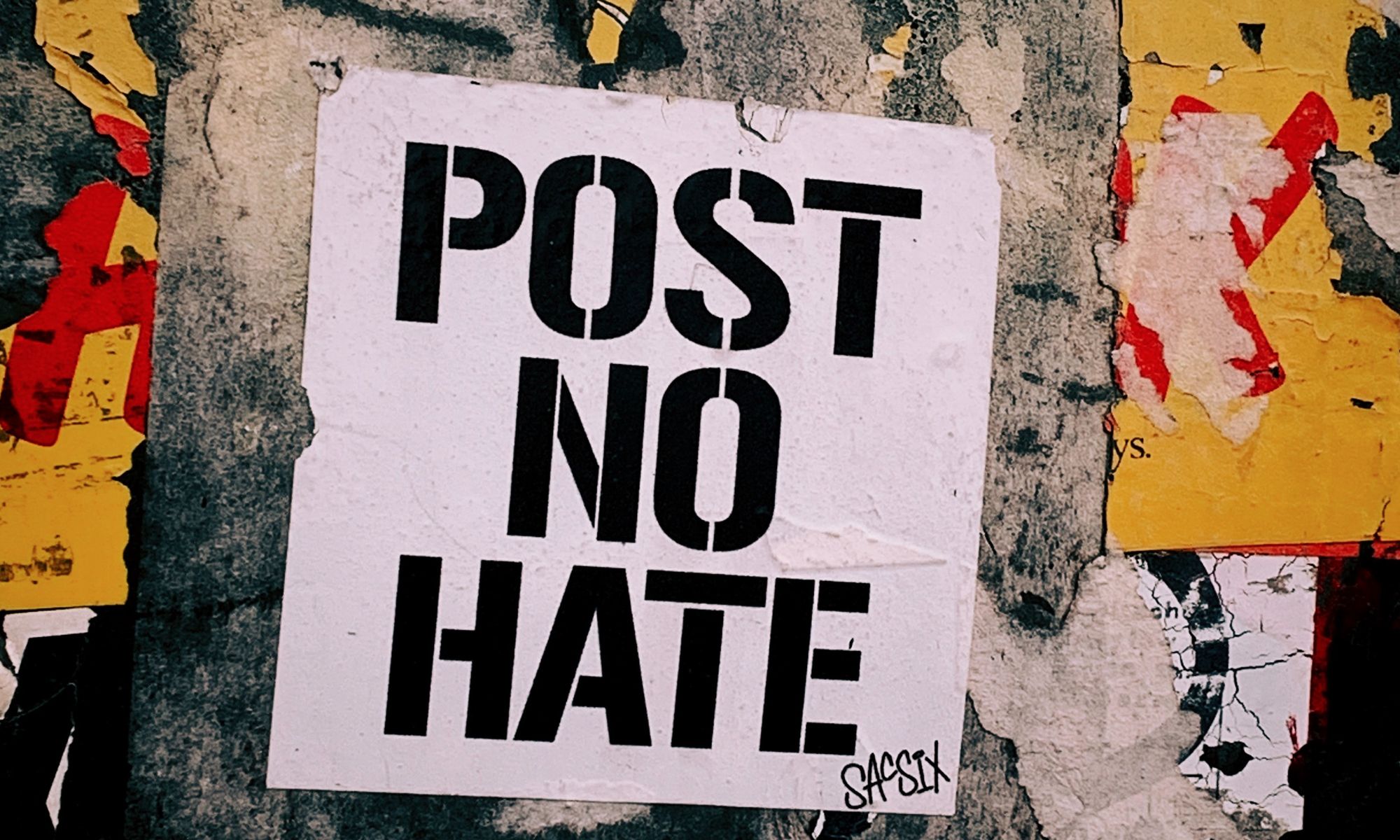80% of the consumers will reduce or stop buying a product if advertised in dangerous content
TAG this week revealed a study that highlights the financial risk to brands from a brand safety crisis involving their advertising.

TAG this week revealed a study that highlights the financial risk to brands from a brand safety crisis involving their advertising. The survey found that over 80 percent of consumers said they would reduce or stop buying a product they regularly purchase if it advertised in a range of hypothetical situations involving extreme or dangerous content.
Trustworthy Accountability Group (TAG) and Brand Safety Institute (BSI) conducted the survey among 1,017 adult respondents, from July 24-26, 2019, in the US, via SurveyMonkey.
“This survey drives home the real and measurable risk to a company’s bottom line from a preventable brand safety crisis,” said Mike Zaneis, CEO of TAG and co-founder of BSI. “While reputational harm can be hard to measure, consumers said that they plan to vote with their wallets if brands fail to take the necessary steps to protect their supply chain from risks such as hate speech, malware, and piracy.”
According to TAG, the survey also discovered that consumers define brand safety broadly, including issues such as ad-related piracy and malware, and those involving ad placement around inappropriate content. Among potential topics of brand-unsafe content, consumers expressed the strongest concern about ads running near hate speech, pornographic content, violent content, and illegal drug-related content.
“We were surprised at the nuanced understanding of brand safety risks shown by respondents in this survey,” said Neal Thurman, co-founder of BSI. “While accidental ad placement around criminal activity has been widely covered in the media, consumers recognized that brand safety concerns extends to a full spectrum of more subjective topics. They also assigned responsibility for brand safety across the supply chain, including not only the advertisers, but also agencies, publishers, and ad tech providers.”
Large majorities of respondents said advertisers should prevent their ads from running near hate speech (73 percent), pornographic content (73 percent), violent content (70 percent), and illegal drug-related content (69 percent).
More than half of respondents said that advertisers should prevent their ads from running near stolen/pirated movies or TV shows (53 percent) and unsafe or hacked websites (73 percent).
Less than half of respondents said advertisers should prevent their ads from running near gambling-related content (43 percent) or controversial political views (41 percent).
The overwhelming majority of respondents (90 percent) said it was very or somewhat important for advertisers to make sure their ads don’t appear near dangerous, offensive, or inappropriate content.
If respondents discovered ads for a product they regularly buy had appeared next to racist Neo-Nazi propaganda, 87 percent said they would reduce their spending on that product, and 58 percent said they would stop buying it altogether.
If respondents discovered such ads next to terrorist recruiting videos, 90 percent would reduce their spending on the product advertised, and 67 percent would stop buying it altogether.
If respondents discovered such ads on a website promoting illegal activities such as stolen videos and other content, 82 percent would reduce their spending on the product advertised, and 45 percent would stop buying it altogether.
If respondents discovered such an ad had infected their computer or mobile device with malware, 93 percent would reduce their spending on the product advertised, and 73 percent would stop buying it altogether.
When asked who should be responsible for ensuring ads do not run with dangerous, offensive, or inappropriate content, respondents assigned responsibility broadly, with 70 percent naming the advertiser, 68 percent the ad agency, 61 percent the website owner, and 46 percent the technology provider.

